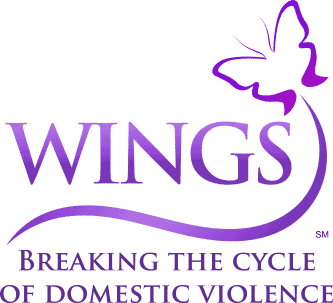The National Coalition Against Domestic Violence defines domestic violence as “the willful intimidation, physical assault, battery, sexual assault, and/or other abusive behavior as part of a systematic pattern of power and control perpetrated by one intimate partner against another.”
Gaining power is at the heart of domestic violence. The abuser wants to maintain power and control. Domestic violence is not limited to physical violence. It takes many forms. It may involve verbal or emotional abuse. Domestic violence may include sexual or economic abuse. In some cases, the perpetrator will intentionally destroy the intended victim’s property or harm their pets. In some cases, the abuser will isolate the victim from family and friends.
Domestic violence does not discriminate. It touches people across race, age, gender and religious lines. It can occur regardless of someone’s level of education or socioeconomic status. Domestic violence occurs in both same-sex relationships and opposite-sex relationships.
When domestic violence occurs, it harms more than just the victim. It has a significant effect on friends, family members, coworkers and neighbors. Children who witness violence in the home are at particular risk. Children who are exposed to violence at home are more likely to experience problems, both physical and social. Children who are exposed to violence learn that violence is normal. They grow up with an increased likelihood of becoming not just abusers, but victims of domestic violence.
At WINGS, our goal is to provide a pathway that leads away from a life of chaos, abuse and fear and towards a future of safety and independence.


